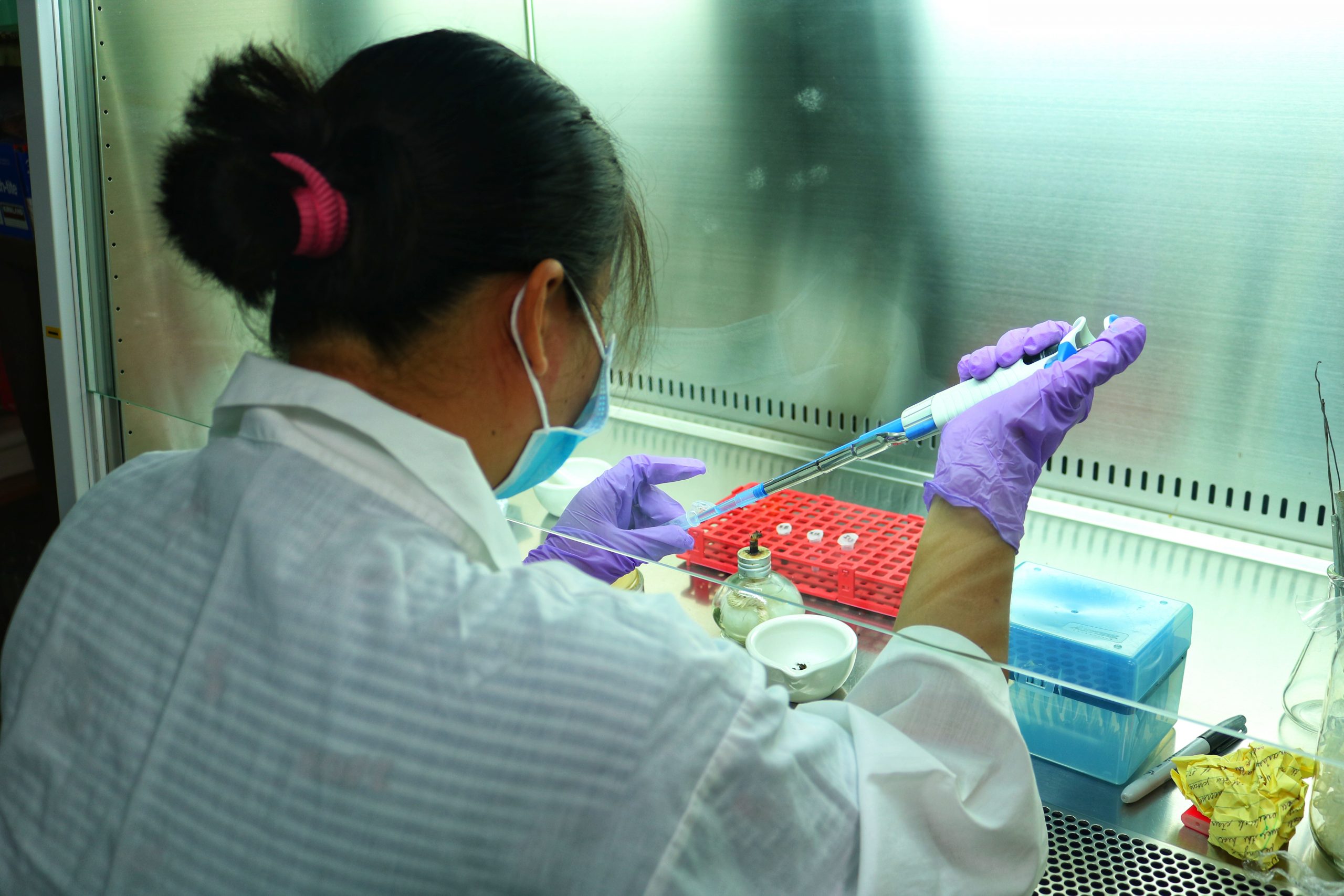
To protect and keep the Philippines free from major animal diseases, and boost its burgeoning livestock and poultry industry, the Department of Agriculture (DA) will establish strong and functional animal disease diagnostic laboratories nationwide.
Agriculture Secretary William Dar issued Department Order (DO) No. 13 series of 2019, known as “Enhancement of the Biosafety and Biosecurity Capabilities at the Department of Agriculture (DA) Veterinary Diagnostic Laboratories” or the “BSS project”.
The project is being implemented by DA in collaboration with the United States Defense Threat Reduction Agency (US DTRA).
Following the approval of US DTRA in June 2018, DA has expanded the coverage of the project to include the construction and equipment provision for National Anthrax Reference Laboratory in Tuguegarao City; extension of training; development of a Laboratory Information Management System (LIMS); and development of a DA Integrated Laboratory Engineering Master Plan.
“Through the issued DO, we are supplementing provisions in the forms of modifications and additional components under the expanded coverage of the BSS project,” Dar said.
One of the modifications and additional components under the expanded BSS project includes the construction of and equipment provision for Anthrax Laboratory in Tuguegarao City.
Anthrax, with its infectious characteristics that can cause severe illness in both animals and humans and can be transmitted by contact with the bacteria’s spores in an infected animal, spores have been used as a biological warfare agent.
“In the Philippines, Anthrax was found to be endemic in Cagayan Valley Region,” Dar added.
To enhance the diagnostic capability of the Regional Animal Disease Diagnostic Laboratory (RADDL), an Anthrax Reference Laboratory is being proposed to be constructed in Tuguegarao City. The lab serves as the center for isolation of Bacillus anthracis and research on anthrax.
“The extended training, exercises, and workshops will complement DA’s rationalization efforts to improve and standardize biosafety and biosecurity practices and procedures in DA’s RADDLs,” Agri chief said.
Training programs include epidemiology and field biosecurity training, polymerase chain reaction (PCR) hands-on training, Anthrax testing algorithm and safe practices, among others.
Another component of the project is the development of a Laboratory Information Management System (LIMS) that will facilitate the management of data within and exchange of information among ADDRL ad Animal Health Welfare Division (AHWD) of the Bureau of Animal Industry (BAI) and RADDLs of DA-Regional Field Offices (RFOs).
“The developed system will be used by BAI and RFOs to facilitate consolidation and analysis of data for regulatory and enforcement purposes, research and development, standards development, production, extension, and marketing services,” Dar said.
To establish a unified reference for the future expansion of the DA Regional Integrated Laboratory Divisions (ILDs) and address the requirements of the Department of Budget and Management in laboratory expansions, the project will develop a DA Integrated Laboratory Engineering Master Plan.
It will incorporate international bio-risk management standards and best practices for a normal Integrated Laboratory Compound.
“The resulting master plan will be used as a reference by DA-RFOs in preparing their respective plans for proposing the attendant budgetary requirements for the construction and/or enhancement of the integrated laboratories,” concluded Dar.
DA-Information and Communications Technology Service (ICTS) and the Bureau of Agricultural and Fisheries Engineering (BAFE) will lead in the management and implementation of the project. ### (Rita dela Cruz, DA-Communications Group)













